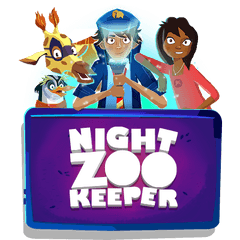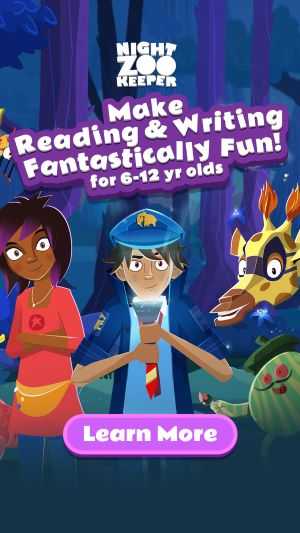Identifying the Main Idea
Help your child identify the main idea of a text!

Home > Resources & Worksheets > Reading Comprehension > Identifying the Main Idea
Finding the main idea in a text is an essential skill for any young reader to develop. This involves considering the context, tone, and character relationships in the text. Being able to identify the main idea of a text can help your child when summarizing a piece of writing using their own words, creating a thesis statement, or a synopsis. It’s also a great way to test your child’s general reading comprehension skills.
The context in which a text was written can provide important clues to the implied main idea. Understanding the time period, cultural background, and author's intentions can help children identify the central themes and messages of the text.
Analyzing the text's tone can also provide insight into the central idea. The author's attitude or perspective towards the subject matter can be revealed through their tone, which can help children understand the purpose of the text.
Examining characters' relationships and interactions can also help children identify the main point. The themes and underlying messages of the text are often reflected in the character's actions, dialogue and relationships with other characters.
We’ve compiled tips on how to help your child develop this important type of reading skill, activities for them to practice, and a free resource for you to download - keep reading to access these!

Five ways to indentify the main idea of a text
There are different reading strategies your child can use in order to find the main idea of a paragraph, passage, or text. These include:
- Using the title and subheadings as context clues
- Looking for repeated words and phrases
- Making notes on the text as they read, writing down the key details of the text
- Writing down the topic sentence in each paragraph
- Questioning the topic - What does the author want me to know?
Fun activties to practice
1. Mystery bags
Prepare several themed bags of objects or images. An example bag could contain: wrapping paper, a bauble, a Santa hat, and a Christmas cracker. Once your child has taken all items out of the bag, they should be identifying the main idea: Christmas.
2. What am I?
This fun game challenges young learners to identify the topic or subject from a variety of context clues. It uses personification to offer supporting details, so that your child can guess the “riddle”.
For example
I am spherical
22 players kick me
I'm made up of pentagons and hexagons
I'm full of air
Answer: A soccer ball
3. Five W's?
Challenge your child to answer these five questions:
Who: Is the text about someone, or something?
Where: Is there a specific place or setting mentioned?
What: Is there a key topic or theme in the text?
When: Is there a specific time period mentioned?
Why: Is there a reason or explanation for what happens in the text?
Free resource
You can practice reading comprehension skills with your child by downloading this fun activity pack based on the first book in the Night Zookeeper series.
Note: this is the same PDF available across all the Reading Comprehension section.

How Night Zookeeper can help

Night Zookeeper makes reading & writing fantastically fun for children aged six to twelve!
Our reading & writing program turns learning into a game, keeping even the most reluctant readers and writers engaged and entertained while boosting their skills. There are thousands of educational resources available, including interactive lessons to boost reading comprehension, a fun reading tracker, skill challenges and printable worksheets.
Sign up today and get a FREE 7-day trial!
Related Content


Make Reading & Writing Fantastically Fun!
- Award-winning reading & writing program for kids
- Improves spelling, grammar, punctuation & vocabulary
- Over 1,000 different learning games and activities



